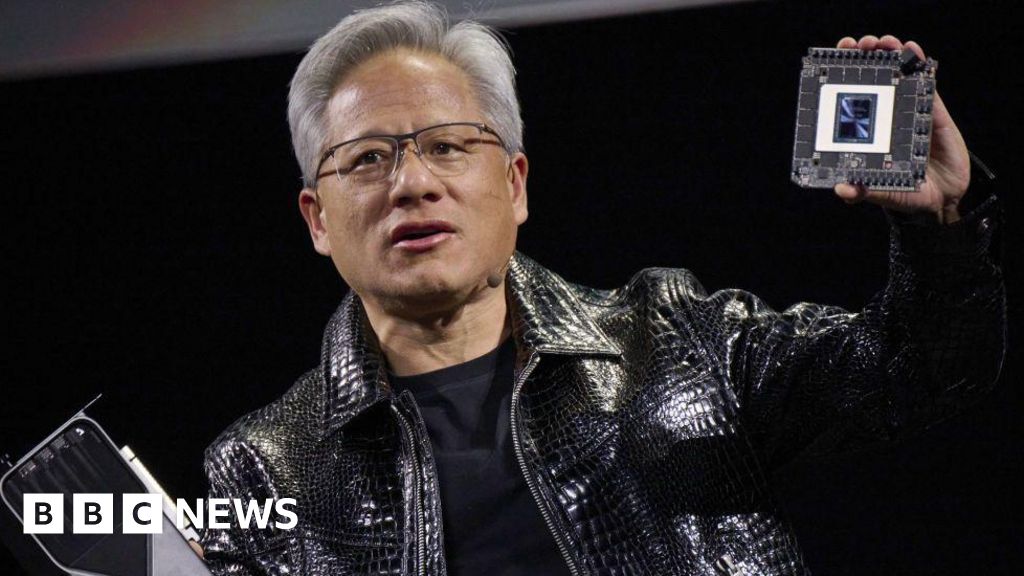One of the biggest stories relating to the pandemic has been the so-called Great Resignation, a talent upheaval across almost every industry as employees reevaluate their professional priorities and the role work should play in their lives. Salary, benefits, employee perks, remote work, relocation, work-life balance, culture, and what workers want out of life in a post-pandemic world are all contributing factors to this phenomenon. It’s a combination that’s tilted the job market in favor of employees, leaving companies scrambling to retain and attract talent.
It’s easy to see the Great Resignation as an issue to be handled by HR or business-side executives, including the C-suite. HR should take point on the issue, but IT can – and should – play a role in shaping plans to acquire and retain staff at all levels, from rank-and-file workers to managers and executives.
At the most basic level, IT needs to support policies related to remote or hybrid work as well as plans to return employees to the office. Because, depending on how the physical office space will be reworked for a post-pandemic reality, IT will be needed to map out logistics and ensure office layouts function effectively.
The basics are, at this point, table stakes. IT has a unique opportunity to support hiring and retention efforts that go much further than logistics. Getting involved on a deeper level can strengthen the relationship between IT and the rest of the organization.





















Discussion about this post